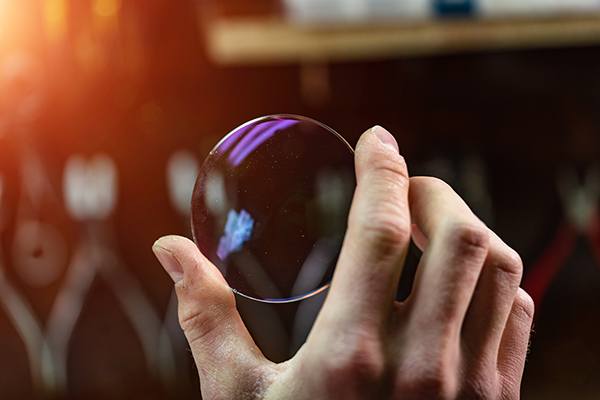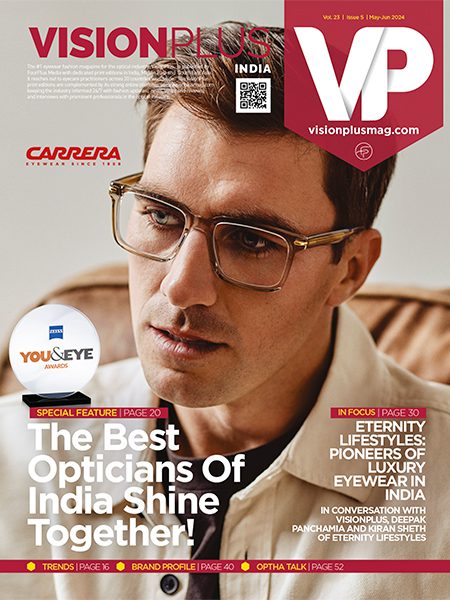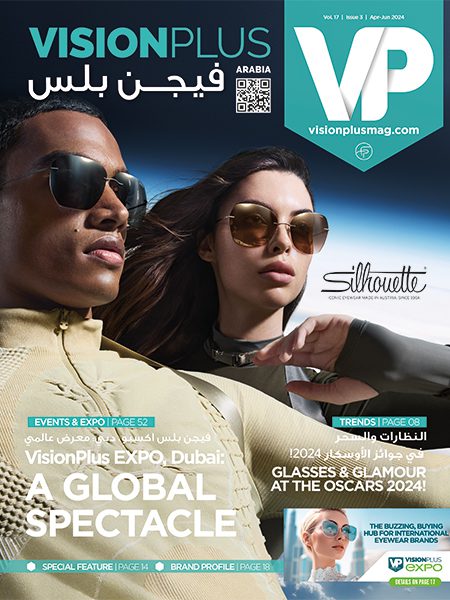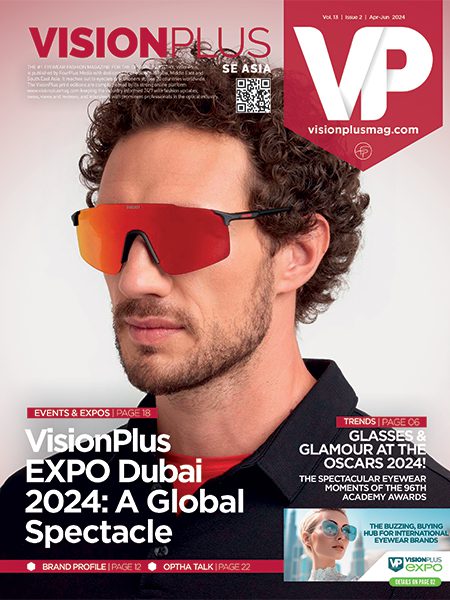

Debunking Lens Myths
There’s a lot of misconceptions about lenses that prevail in the minds of consumers. As opticians, it would do a lot of good to ensure that these myths are debunked and this could lead to a more informed purchasing decision by the consumers. Pratik Bhatt, helps us resolve a few of them
Let’s get started with tackling some of the myths that I’ve encountered during my time in the industry where I’ve met opticians and consumers from various demographics.
Myth #1
There's only 2 types of lenses - glass and plastic
Generally, the end-consumer is not aware of the different materials and refers to them as just ‘plastic’. If the consumer is made aware of the variety of lenses available in the segment they consider as plastic, it would allow them to understand the benefits of the material. Even in plastic there are many sub varieties available today for the consumers to choose from viz., MR Series of materials (MR8, MR7 & MR174) which are recommended for both Impact resistances and to make lenses thinner. There is also polycarbonate & trivex material available for rimless frames which doesn’t break and is considered an apt choice for rimless wearers.
Myth #2
If you have a high refractive prescription, then your lenses would be like 'soda glasses
This is a common misconception, especially in rural areas, where the stigma of thick ‘soda’ lenses still prevails. Gone are those days of the so called “Soda Glasses” all thanks to the latest cutting edge technology and constant evolution of making lenses thinner and lighter. There has been much progress made in these areas by introducing technologies like Aspheric lenses which not only makes lenses thinner & lighter but also brings more clarity and comfort in the vision aspects as compared to non-aspheric lenses.
Latest to join is Dual Aspheric technology to make lenses thinner & lighter even in powers ranging up to total power of -15.00 or +8.00. The oval cut lens making technology helps more in plus complex Rx to make lenses further thinner & lighter. So yes Soda Glasses are a history provided the consumer is educated about various technological advances in the spectacle lenses business.
 Myth #3
Myth #3
Progressive lenses give you a headache or make you feel dizzy
This myth has made many patients shy away from progressive lenses. If something is expensive and it causes a headache or dizziness, obviously a patient would prefer the regular option. Progressive lenses technology is a path breaking technology and the most successful in recent years and has been preferred by millions over the world to shift from traditional bifocals to newer and better progressive designs offering more crisp and clear vision.
Regarding headache or dizziness is something usual whenever a human body goes through a shift of something you have been use to and then suddenly changing to a newer version will definitely take a human eye to adjust to the parameters of a newer technology and guess what even progressive lenses today has been made better & better over the years of its inception and today many companies are offering wider designs which have minimal distortions and adopts quickly to the anatomy of a human eye.
Myth #4
All plastic lenses are unbreakable
Plastic lenses are way more impact resistant then the traditional glass or mineral lenses but at the same time even plastic lenses do break when met with rough usage or accidental incidents like spectacle falling from a considerable height or falling while jogging or running or someone accidentally sitting on your spectacle while you forget your spectacle on your couch or met with some unnatural force etc. Such incidents are more common in rimless types of frames as compared to full plastic rims and metal frames. Furthermore, newer technologies as explained about MR lenses and polycarbonate lenses makes it furthermore impact resistant.
Myth #5
Anti-reflection lenses don’t get scratched easily
A big myth in the minds of the consumers is that anti-reflection lenses don't get scratched easily, let’s come very clear there is no amount of anti-reflection coating which is scratch proof but they are scratch resistant as compared to normal hard coated lenses.
Scratches are dependent on a number of factors of how the consumer uses his/her lens if the usage is as per advised by the opticians and regularly cleaned with a microfiber cloth provided with the spectacles while dispensing adds life to your spectacle lenses making it less prone to scratches.
Also scratches or the life of a lens coating also depends on the outer climatic conditions for Ex, a lens which is dispensed in India has a shorter shelf life as compared to a lens dispensed in any European country which has a more less humidity and dusty climatic conditions as compared to India or any South Asian countries. So yes it's very clear anti-reflection glasses are scratch resistant and not scratch proof.
Myth #6
Polarized Lenses and UV Protection are the same thing
Just because both of them are recommended for the outdoors and for better protection from the sun, most people tend to confuse the benefits. Explaining to them that each one of them solves a different problem, would help the consumer.
UV protection is something that can be added even in a clear lens, in fact today all lenses whether clear or photochromic come with a standard UV 400 protection except the 1.50 index lenses.
Polarized on the other hand is an out and out outdoor lens and has functions related to filter the light and unwanted glares and should be avoided indoors or in low light conditions and after sunset.
Polarized works best during day time and gives a soothing effect filtering unwanted glares & lights entering your eye and is being used widely by all premium sunglasses brands all over the world.
That’s about it for this article. If you have some more myths that you’ve encountered do let me know and I’ll try to feature it in another article in the future.
Pratik Bhatt :
Founder, Zylux Lenses







